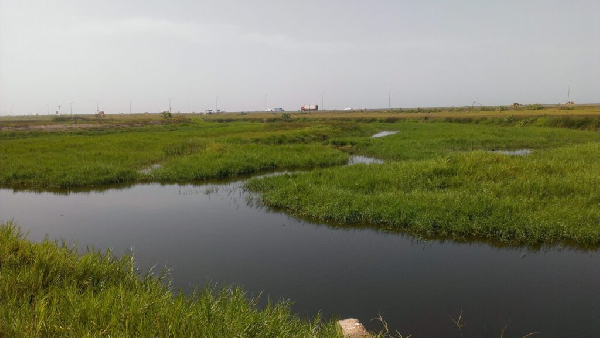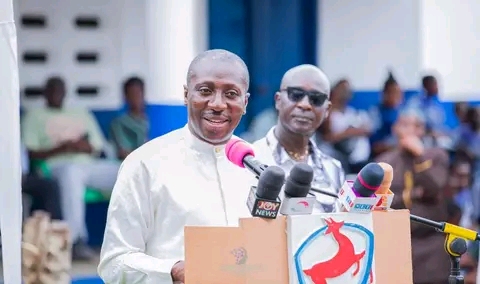EXPLAINER: Understanding Ramsar sites and their role in environmental conservation

A Ramsar Site is a wetland area of international importance, protected under the Ramsar Convention, a global environmental treaty adopted on February 2, 1971, in the Iranian city of Ramsar.
The Convention was created in response to increasing threats from human activities and the urgent need to conserve and manage the world’s wetlands wisely.
Since its entry into force on December 21, 1975, the Convention has become the primary global framework for safeguarding wetland ecosystems.
Wetlands, which include lagoons and swamps, play a crucial role in both human and ecological survival.
A report by Climate Fact Check notes that, “Wetlands moderate extreme climate events like flooding and drought, facilitate clean water supply, help in groundwater recharge, and control the micro-climate of their surrounding areas.
Wetlands also act as carbon sinks and climate stabilisers on a global scale, thus helping mitigate global warming and climate change. Wetlands play an important role in nature-based solutions, especially for climate change mitigation and adaptation.”
In Ghana, the significance of wetlands has been recognized with the designation of six Ramsar sites: Densu Delta, Sakumo, and Songor in the Greater Accra Region; Keta Lagoon in the Volta Region; Owabi in the Ashanti Region; and Muni-Pomadze in the Central Region.
These wetlands are not only ecologically important but also protect urban communities from flooding and provide habitats for critically endangered species.
However, despite their protected status, these Ramsar sites have increasingly been encroached upon by developers and individuals who illegally build structures on protected lands, particularly in Sakumo.
This unlawful activity has disrupted ecosystems, blocked natural drainage paths, and worsened flooding across urban areas.
Addressing the issue during the 2025 National Eid-ul-Fitr celebration at the Black Star Square on March 31, 2025, President John Dramani Mahama condemned the worsening problem of land encroachment and illegal developments.
He emphasised its direct link to environmental degradation and the flooding crisis affecting communities across Ghana.
“I must address a deeply troubling issue: the illegal construction of buildings in waterways causing flooding and extensive destruction of property. As we know, the rains are about to start and already we are seeing flooding because people have built and blocked the rivers, so the water has nowhere to go but to back up.
“This reckless disregard for planning regulations and environmental safety is a major contributor to the devastating floods that continue to plague our communities. I am aware of instances where private individuals collude with some chiefs to convert Ramsar sites into built-up zones. Let me be clear, this must stop,” he stated.
Following recent floods in Accra that left several homes submerged, displaced many residents, and disrupted daily life and economic activity, the Greater Accra Regional Security Council (REGSEC) on May 28, 2025, began a demolition exercise to remove unauthorised structures built on waterways, targeting illegal developments in ecologically sensitive areas, including the Sakumo Ramsar site.
Source: www.ghanaweb.com





